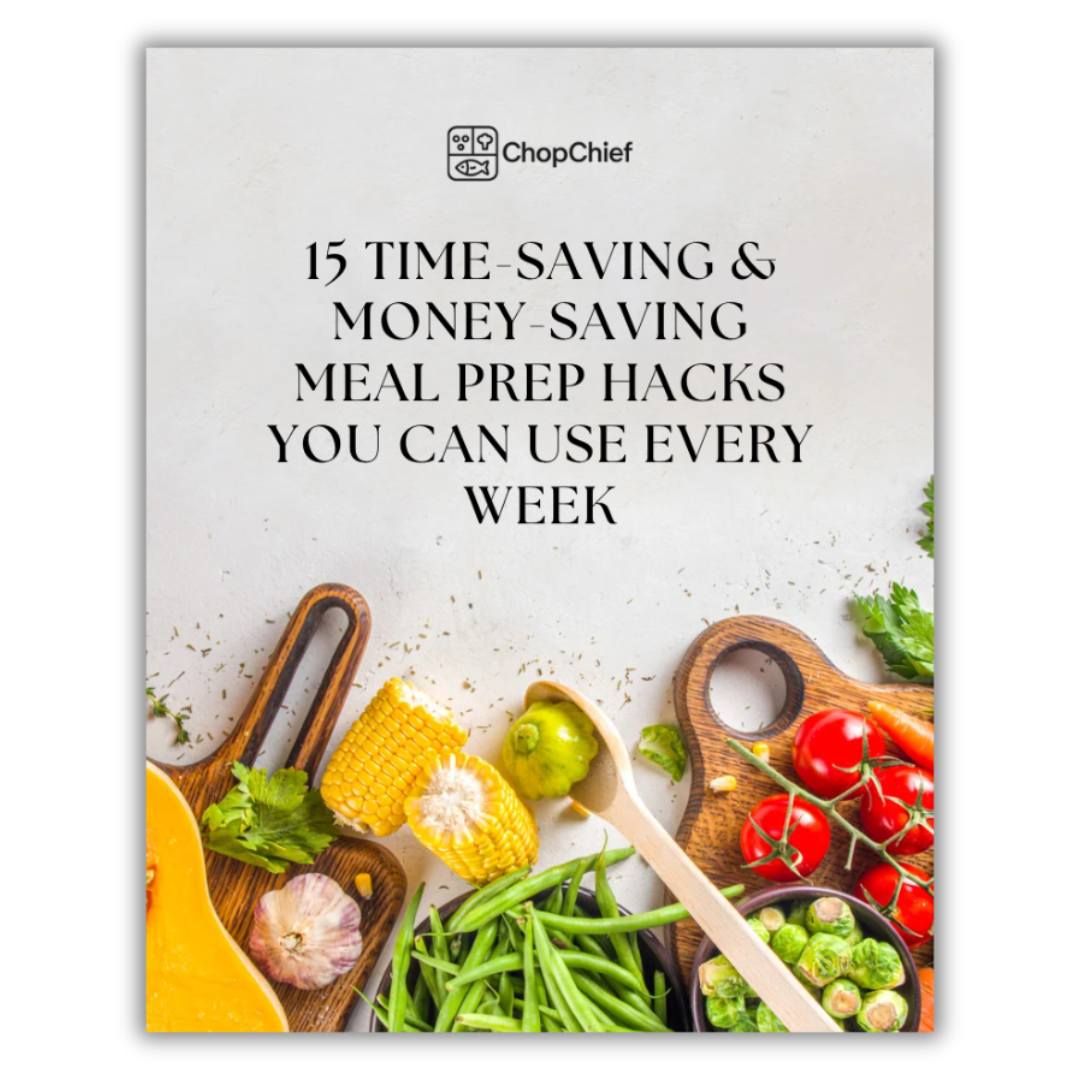Weekly Meal Planner: How to Choose, Use, and Save with One

What if one simple system could lower your grocery bill, stop dinnertime stress, and free up hours every week? A good weekly meal planner does exactly that. It helps you pick meals, build an easy shopping list, and use what you already have so you waste less and spend less.
In this guide, you’ll learn how to choose the right weekly meal planner for your home, how to use it day to day, and practical ways to save money and time. I’ve tested fridge pads, tear-off notepads, and digital spreadsheets, and I’ll share tips that work for busy families, roommates, and solo cooks.
Expect checklists, simple setup steps, and budget tricks like shopping by category and planning around pantry staples. By the end, you’ll know which planner style fits your routine—and how to make it a habit that sticks.
What a Weekly Meal Planner Is and Why It Works
A weekly meal planner is a simple tool that centralizes menus and grocery lists so you always know “what’s for dinner.” It organizes meals, generates shopping lists, and sits where the whole household can see and contribute.
Purpose & how it helps
- Centralize menus and grocery lists: Plan breakfast, lunch, and dinner, then generate a categorized shopping list for efficient trips (Decorably on Amazon).
- Reduce decision fatigue: A weekly plan removes nightly guessing and speeds up prep.
- Share responsibility: A fridge-facing magnetic pad invites family members to add meals, swap nights, or note preferences.
Cost savings & real-world proof
- One Reddit user who built a drag-and-drop weekly meal planner spreadsheet cut grocery spending to $70–$100 per week for two adults by planning around stocked ingredients (Reddit source).
Waste reduction & fewer takeouts
- Brands promote reduced food waste and fewer impulse takeout nights as direct benefits. The Decorably magnetic notepad explicitly highlights this advantage.
Visibility & family coordination
- Magnetic planners, like Decorably’s, stay visible on the fridge so everyone participates.
Design & habit formation
- Attractive planners encourage use. Customers praise the Rifle Paper Co. Weekly Meal Planner for being both functional and stylish.
Compare Formats — Tear-off Pads, Magnetic Notepads, and Spreadsheets
Tear-off pads (paper charm)
- Example: Rifle Paper Co. Garden Party Blue.
- Price: $9.60 (was $16), rating: 4.9/5 from 29 reviews.
- Best for: stationery lovers who want tactile grocery lists.
Magnetic fridge notepads (central hub)
- Example: Decorably magnetic meal planner.
- 52 undated sheets, perforated lists, strong magnets.
- Best for: families who need visibility and year-long planning.
Spreadsheets & drag-and-drop systems (customizable)
- Example: Reddit drag-and-drop planner.
- Features: inventory tracking, recipe links, budget calculators, dietary color coding.
- Best for: people who want full customization and savings.
Bottom line: choose based on whether you value paper beauty, family visibility, or digital flexibility.
Build a Weekly Meal Planner System That Saves Time & Money
Why this system works
- Start with kitchen inventory: mark what you “always / often / sometimes” stock.
- Plan by ingredients, not recipes: overlap ingredients to cut costs and waste.
Hybrid workflow (one week to set up, lasts all year)
- Create a digital master spreadsheet with tabs for meals, stock, and budgets.
- Use a magnetic fridge pad for visibility and household input.
- Tear off a categorized grocery list each week for efficient shopping.
Sample weekly layout
- Daily slots: Breakfast / Lunch / Dinner + Notes
- Pantry snapshot checklist
- One batch-cook item (protein or grain)
- Two flexible dinners for ingredient swapping
- Tear-off shopping list for the week
Scaling tips
- Use a 52-sheet notepad like Decorably or recycle spreadsheet templates seasonally.
- Keep marinades & spice combos handy to remix staples.
Final Takeaway
A weekly meal planner puts your menus and grocery lists in one visible place, cuts decision fatigue, and helps everyone share mealtime tasks. Tear-off pads are tactile and giftable, magnetic notepads keep plans central for families, and spreadsheets help budget-conscious planners save money.
Start with a cabinet inventory, plan by overlapping ingredients, and use a hybrid system for maximum savings. Test it for a month, track results, and adjust seasonally.
Try one week with a simple weekly meal planner—and enjoy the calm it brings.
